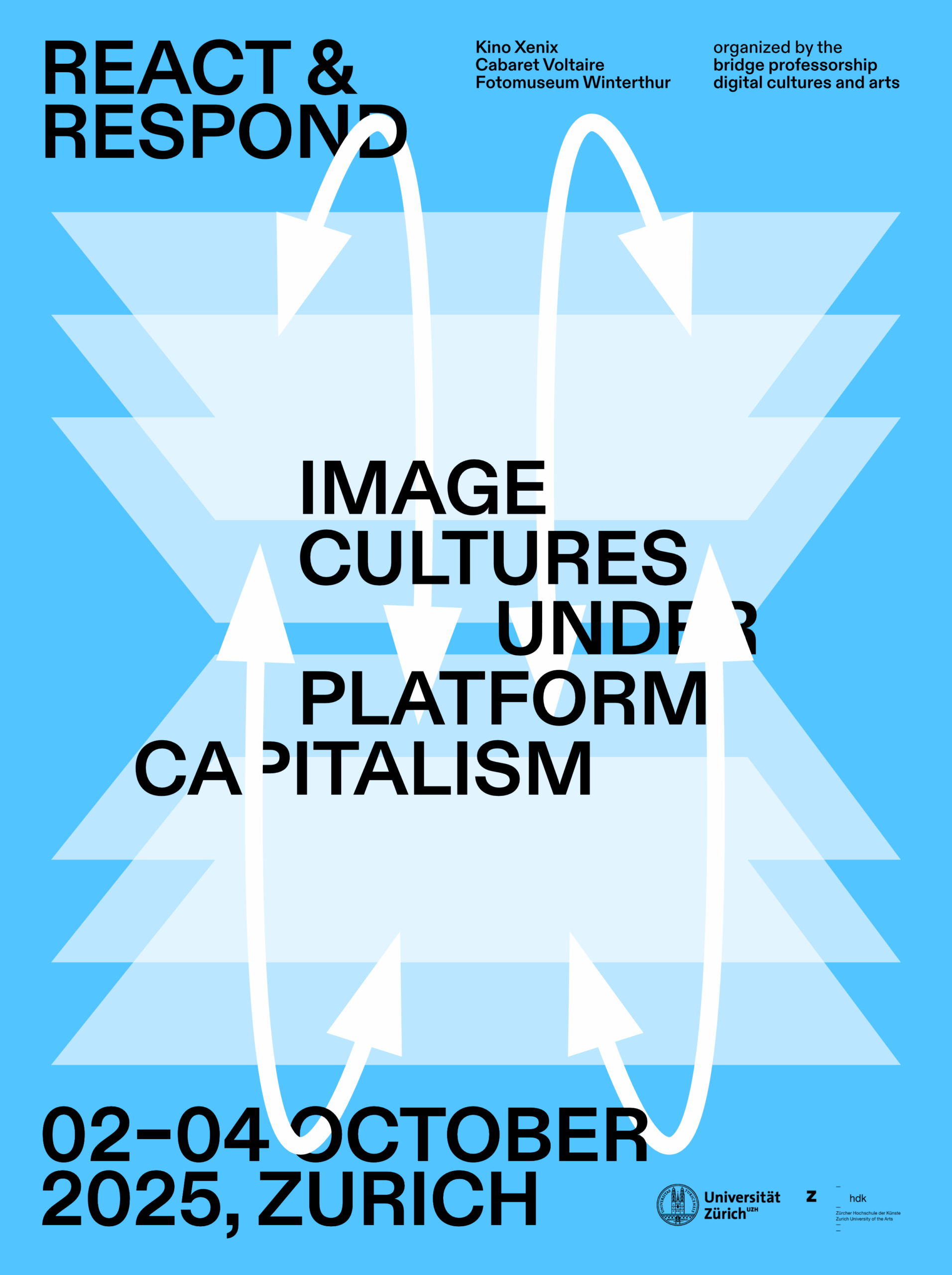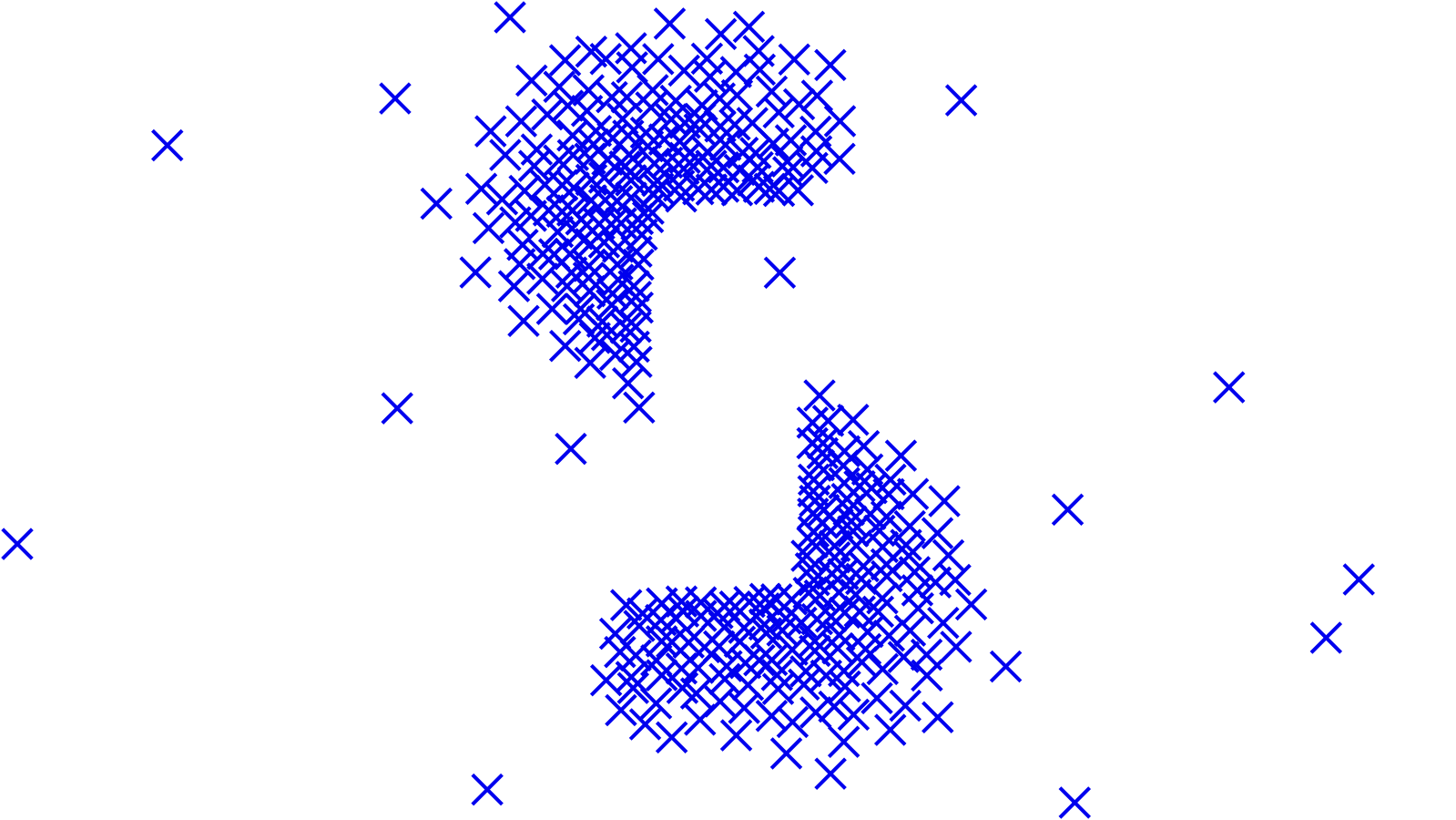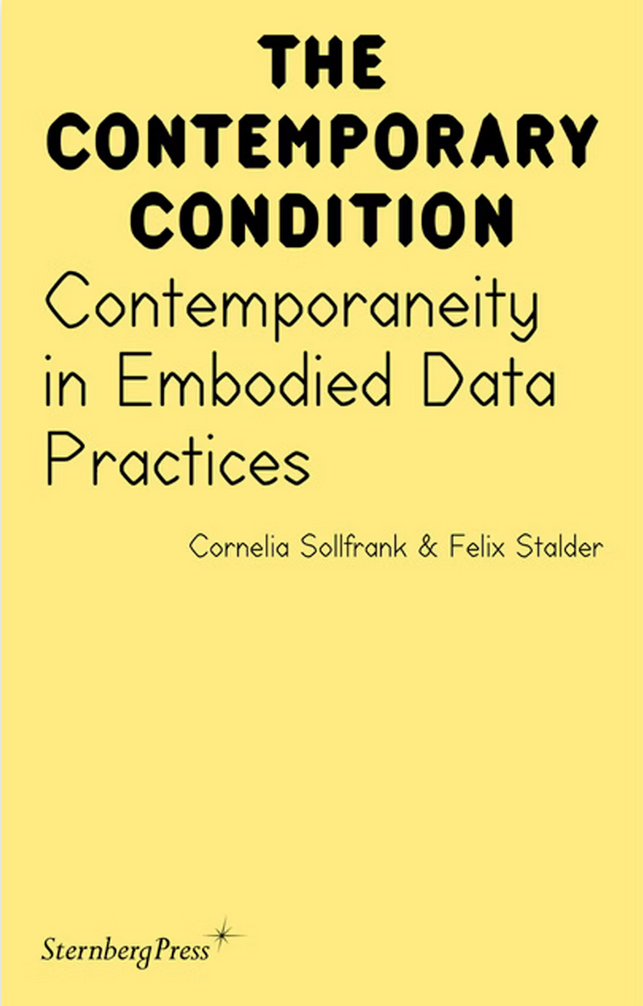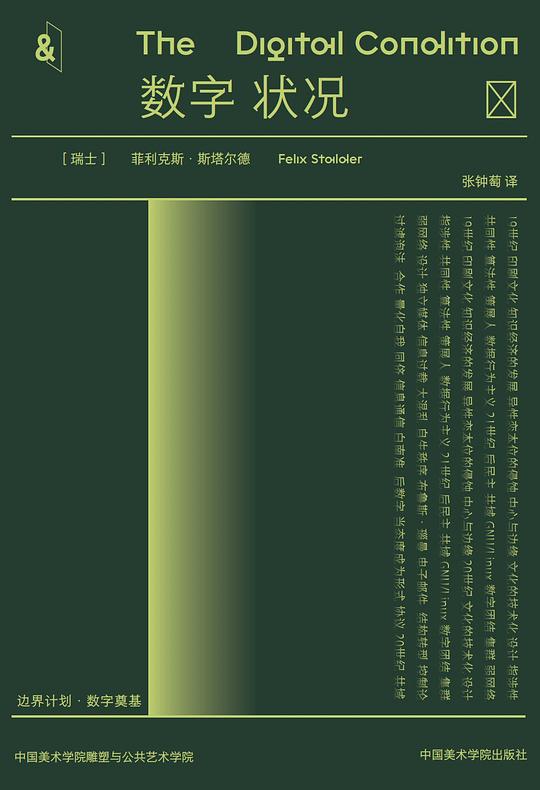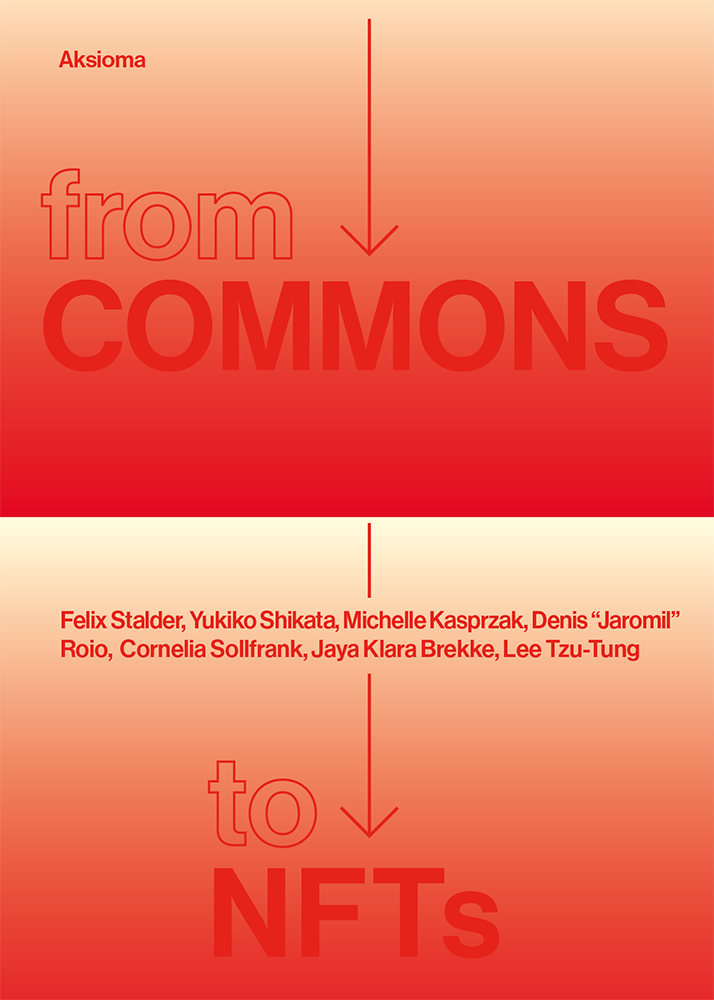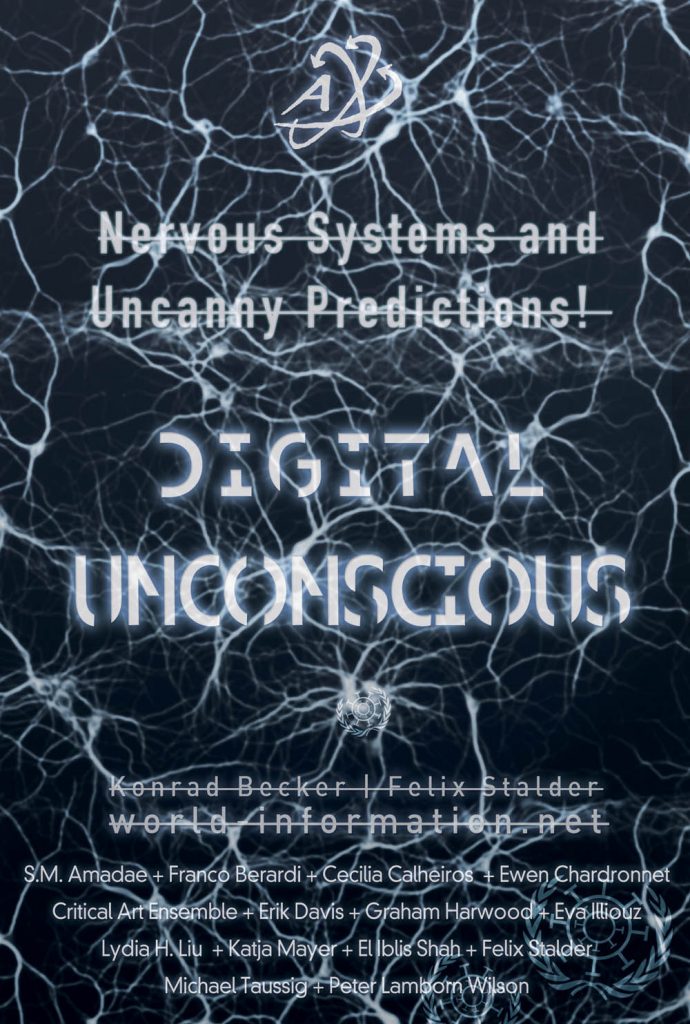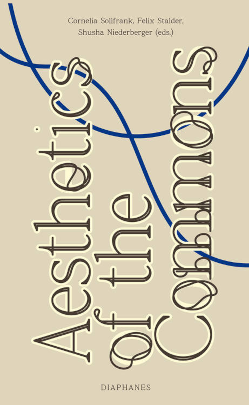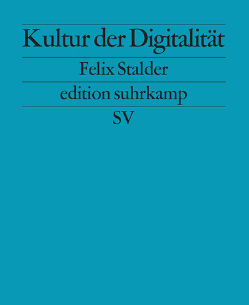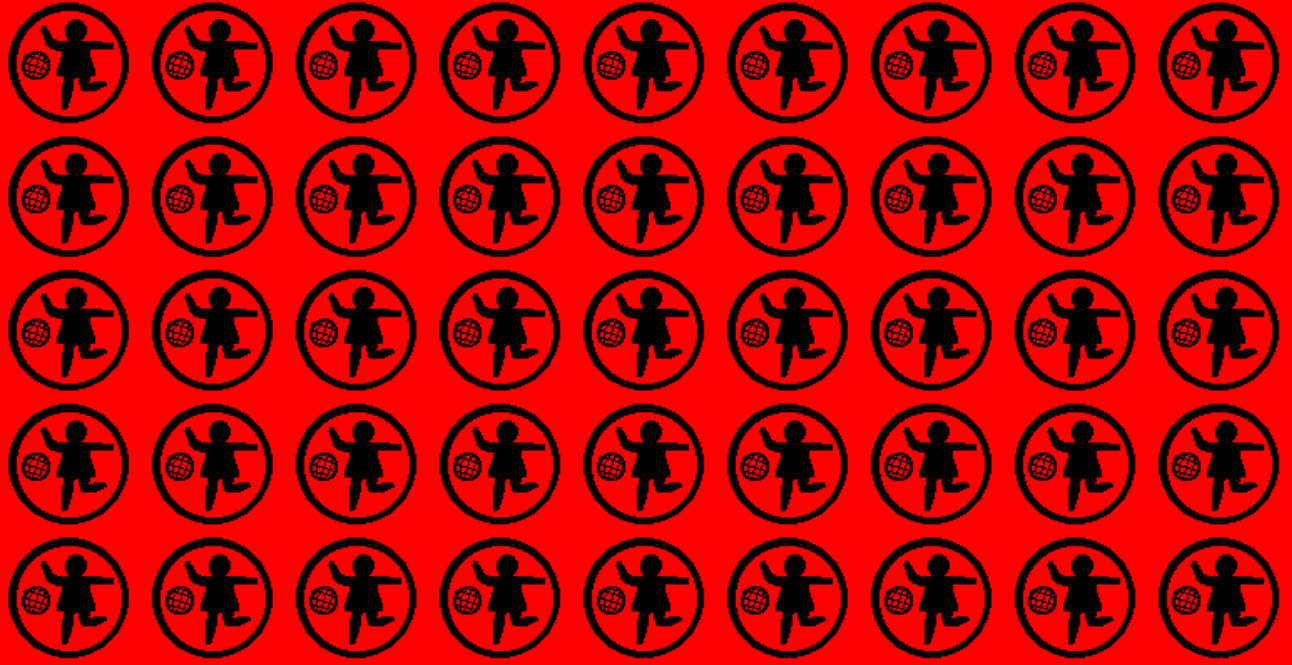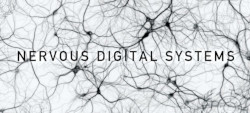ABSTRACT
Contemporary networked image cultures cannot be understood outside of platform capitalism. Today, the production, distribution and reception of visual media is largely managed and controlled by the algorithmic infrastructures, corporate policies and business models of digital platforms. At the heart of platform architectures is the quantification, evaluation and monetization of reactions – whatever we encounter online is designed to trigger our reactions, and our reaction patterns in turn drive the visual economies of platform capitalism. With algorithmically curated feeds and personalized content, what we get to see online and how we react to it is inextricably linked in ways we can often only speculate about.
Bringing together scholars and artists from a range of fields and backgrounds, the international conference «React & Respond» aims to map and analyze these contemporary economies of networked image cultures and their aesthetic, ideological and political implications.
Following an opening night with a screening at Kino Xenix on Thursday, October 2nd, the conference will continue on Friday, October 3rd, at Cabaret Voltaire and conclude on Saturday, October 4th, at the Fotomuseum Winterthur.
Full Program and Information
https://digitalculturesandarts.ch/de/react-respond/
Conference Day 1
3. October 2025, 9:30–18:30
Cabaret Voltaire, Spiegelgasse 1, 8001 Zürich
14:00–16:00 Patterns of Automation
mit Ranjodh Singh Dhaliwal, Felix Stalder, Tiziana Terranova
Moderation: Roland Meyer
By which means do platform architectures foster and accelerate the increasing automation of online content production? The panel zooms out to the infrastructural and economic conditions which determine our contemporary networked image cultures. Quantifiable reactions are not only constantly tracked, aggregated, and monetized by online platforms, but also predicted, premediated and transformed into exploitable behavioral data on a massive scale. How are users and consumers integrated into the feedback loops of value creation, and what forms of social production provide the basis for today’s reaction economies?

